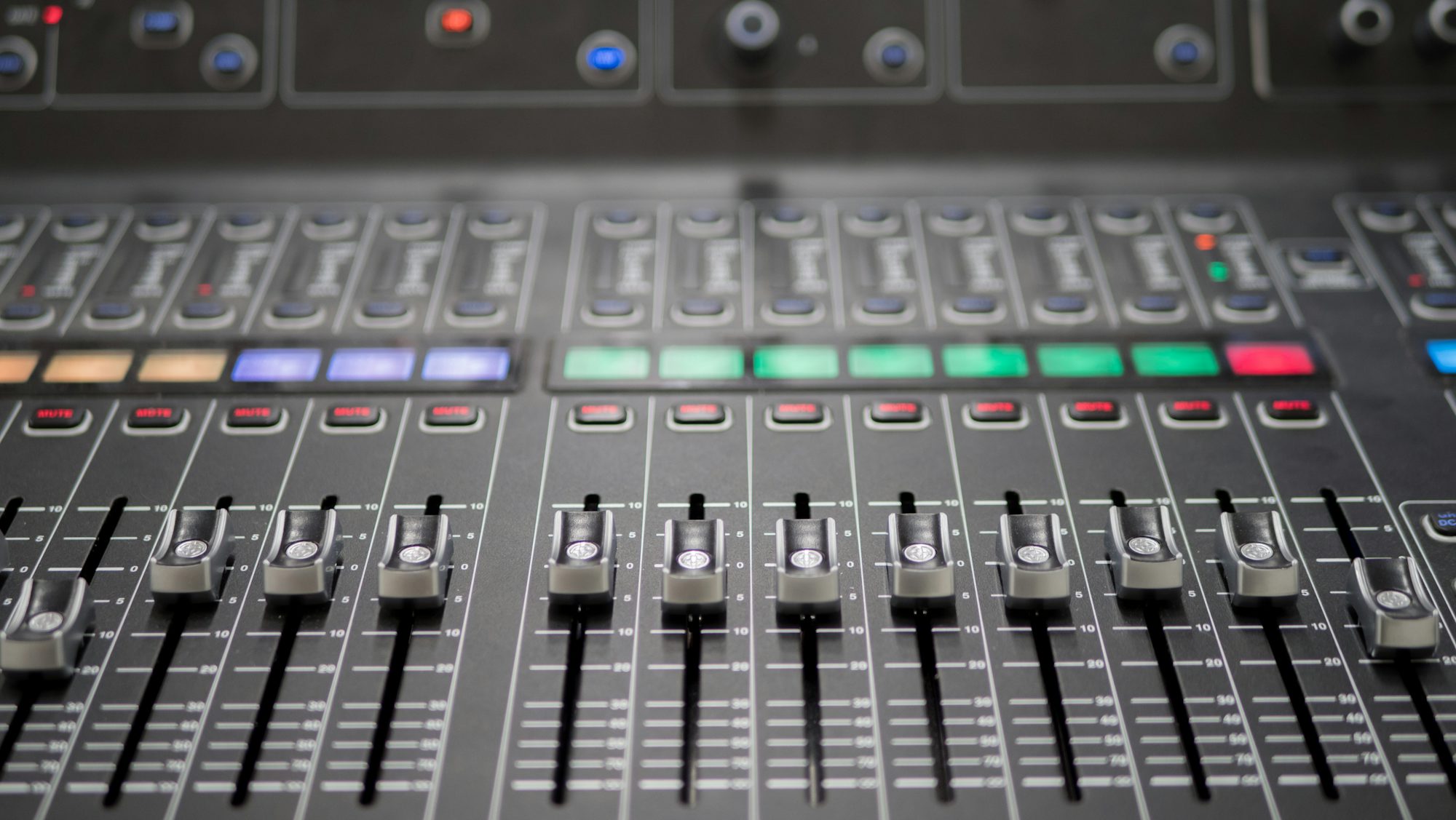Music production is a fascinating blend of art and technology, transforming raw musical ideas into polished tracks that resonate with listeners. As the music industry continues to evolve, understanding the intricate process of music production has become increasingly essential for both aspiring artists and enthusiasts. This article delves into the key components of music production, examining the roles of technology, creativity, and collaboration that shape the sounds of today.
The Role of Technology in Music Production
At the heart of modern music production lies technology, which has revolutionized the way music is created, recorded, and mixed. Digital Audio Workstations (DAWs) are the cornerstone of contemporary music production, offering musicians a platform to record, edit, and arrange their compositions. Programs like Ableton Live, Logic Pro, and Pro Tools have made it easier than ever for artists to produce high-quality music from the comfort of their own homes.
DAWs provide a plethora of tools and features, such as virtual instruments, effects, and audio manipulation capabilities. Musicians can layer multiple tracks, apply various effects, and experiment with different sounds, all within a single software environment. This accessibility has democratized music production, allowing anyone with a passion for music to create and share their work.
Moreover, advancements in technology have introduced a wide range of hardware that complements DAWs, including MIDI controllers, audio interfaces, and studio monitors. These tools enable producers to have greater control over their sound, facilitating the recording and mixing process. The ability to integrate both hardware and software enhances the creative possibilities, giving artists the freedom to explore new sonic landscapes.
The Creative Process: From Idea to Song
While technology plays a significant role in music production, the creative process remains at its core. Every great song begins with an idea, whether it’s a catchy melody, a compelling lyric, or a unique rhythm. Producers often start with a simple concept and build upon it, layering different elements to create a full composition.
Songwriting is an integral part of this process. Collaborating with other songwriters or musicians can bring fresh perspectives and ideas, enriching the final product. Many successful artists have noted that collaboration often leads to unexpected and innovative outcomes, pushing the boundaries of their creativity.
As the production progresses, artists may experiment with different arrangements and instrumentation. The choice of instruments can significantly influence the overall mood and style of a track. For example, an acoustic guitar might lend a warm, intimate feel, while an electronic synth could evoke a more futuristic sound. Producers must be mindful of these choices, as they shape the listener’s experience and emotional connection to the music.
The Importance of Mixing and Mastering
Once the core elements of a song are in place, the focus shifts to mixing and mastering—two critical stages in the production process. Mixing involves blending all the individual tracks, adjusting levels, panning, and adding effects to achieve a balanced and polished sound. This stage requires a keen ear and an understanding of how different frequencies interact, as well as the ability to make creative decisions that enhance the overall composition.
In this phase, producers often utilize EQ (equalization) to ensure that each instrument occupies its own space in the mix, preventing any frequency clashes. Compression, reverb, and other effects are also employed to add depth and dimension to the sound. A skilled mixer knows how to highlight the strengths of each track while maintaining cohesion throughout the entire piece.
After mixing, the final step is mastering, which prepares the track for distribution. Mastering involves optimizing the audio for various playback systems, ensuring that it sounds great whether on a high-end stereo or a pair of earbuds. This stage is crucial for achieving commercial viability, as it ensures that the track meets industry standards for loudness and clarity.
The Collaborative Nature of Music Production
Music production is inherently collaborative, involving a diverse array of talents coming together to create a single piece of art. From songwriters and musicians to engineers and producers, each individual contributes their unique skills and perspectives to the project. This collaborative spirit often leads to a richer, more dynamic final product.
In many cases, producers take on multiple roles, acting as both creative leaders and technical experts. Their ability to facilitate communication among all parties involved is crucial to keeping the project on track and fostering an environment where creativity can thrive. Strong interpersonal skills, coupled with a deep understanding of the music industry, are essential for producers to navigate the various personalities and artistic visions present in the studio.
Furthermore, technology has made remote collaboration easier than ever. With the rise of cloud-based DAWs and file-sharing platforms, artists from different corners of the globe can work together in real-time. This flexibility has opened up new opportunities for musicians to collaborate with others they may not have had the chance to connect with otherwise, further enriching the music landscape.
The Impact of Streaming on Music Production
The rise of streaming platforms has significantly influenced the music production process and the industry as a whole. With platforms like Spotify, Apple Music, and Tidal dominating music consumption, producers and artists must consider how their music will be presented in this digital format.
Streaming has changed the way music is marketed and consumed, placing a greater emphasis on singles and playlists rather than traditional album releases. This shift has led producers to focus on creating tracks that are not only high quality but also engaging enough to capture listeners’ attention quickly. The challenge lies in crafting songs that resonate in an era of short attention spans while maintaining artistic integrity.
Additionally, data analytics provided by streaming services give artists valuable insights into listener preferences and behaviors. Producers can leverage this information to make informed decisions about song structure, genre trends, and even marketing strategies. Understanding the audience’s tastes can help artists and producers tailor their music to better resonate with fans.
The Future of Music Production
As technology continues to advance, the future of music production holds exciting possibilities. Artificial intelligence, machine learning, and virtual reality are beginning to play roles in the creative process, offering new tools for artists to explore. AI-powered software can analyze music trends, generate compositions, or even assist in mixing and mastering, allowing producers to focus on the creative aspects of their work.
Moreover, the ongoing evolution of audio technology promises to enhance the quality and experience of music production. Innovations in spatial audio, immersive sound, and high-resolution formats are reshaping how we think about sound and its impact on listeners. These developments not only challenge producers to adapt their techniques but also open up new avenues for artistic expression.
Conclusion
In conclusion, music production is a multifaceted art form that combines technology, creativity, and collaboration. As artists and producers navigate the evolving landscape of the music industry, the process of crafting sounds continues to inspire and connect people around the world. By embracing new technologies, fostering collaboration, and remaining open to creative experimentation, the future of music production promises to be as dynamic and exciting as ever.


